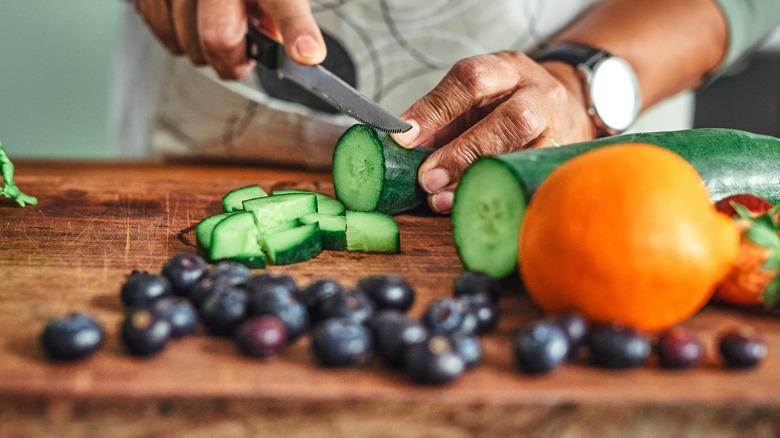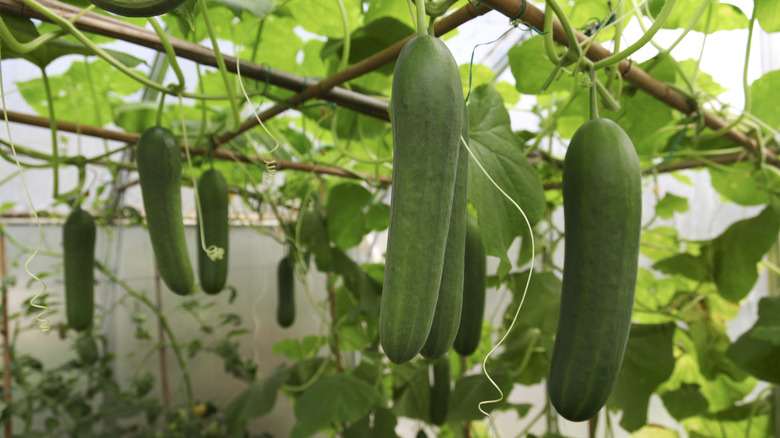Wait, Cucumbers Are Berries?
It's easy to think of strawberries and blueberries as part of the berry family — it's right there in their names! But when we learn that foods like pumpkins, bell peppers, and cucumbers are actually considered berries, it feels a bit odd. They don't come with cute, berry-inspired names, after all. Botanically speaking, however, cucumbers are indeed classified as berries.
In botanical terms, a fruit develops from the flower of a plant, while a vegetable refers to edible plant parts like roots or stems. Here's a tip: if it has seeds, it's probably a fruit. To be classified as a berry is a little more complex.
According to botanists, a true berry is a fruit that develops from a single ovary of a flower and contains multiple seeds embedded within its fleshy structure, known as the pericarp (the part of the fruit that surrounds the seeds). Cucumbers fit this definition perfectly. They develop from the ovary of a flower and have numerous seeds nestled inside their crisp flesh. While we often think of berries as small, sweet, and snackable, this classification sheds light on the fascinating diversity of fruit types.
Many fruits we typically label as berries, like strawberries and raspberries, don't even make the cut — they're actually aggregate fruits that form from multiple ovaries. Cucumbers, on the other hand, tick all the boxes of a true berry. This leads to a surprising revelation: other common fruits you may not think of as part of the berry family are also technically berries.
Distinguishing between scientific and culinary classifications
Cucumbers aren't the only surprising members of the berry family — bananas, avocados, and even lemons also qualify. What makes these fruits true berries? It all comes down to how their seeds and fleshy parts, called the pericarp, develop from a single flower's ovary. The pericarp has three layers: the exocarp (skin), mesocarp (the fleshy middle layer), and endocarp (the inner layer surrounding the seeds). In berries, these layers are typically soft, with a thin endocarp that's often edible.
Bananas, for instance, contain small seeds throughout their flesh, though their creamy texture (a thin, soft endocarp) often hides them from our tastebuds. In contrast, stone fruits like peaches and cherries have a hard, thick endocarp, or pit, that we don't eat. This is what separates them from berries.
Fruits like apples and pears also differ. Their seeds are encased in a core rather than being embedded in the flesh. Other fruits, like pineapples and figs, are classified as multiple or accessory fruits because they develop from clusters of flowers, unlike berries that form from a single ovary.
These distinctions highlight how diverse fruits really are, and how many foods we wouldn't expect are actually berries by botanical definition, despite our culinary categories. The next time you whip up a fruit salad, consider some cucumber!

